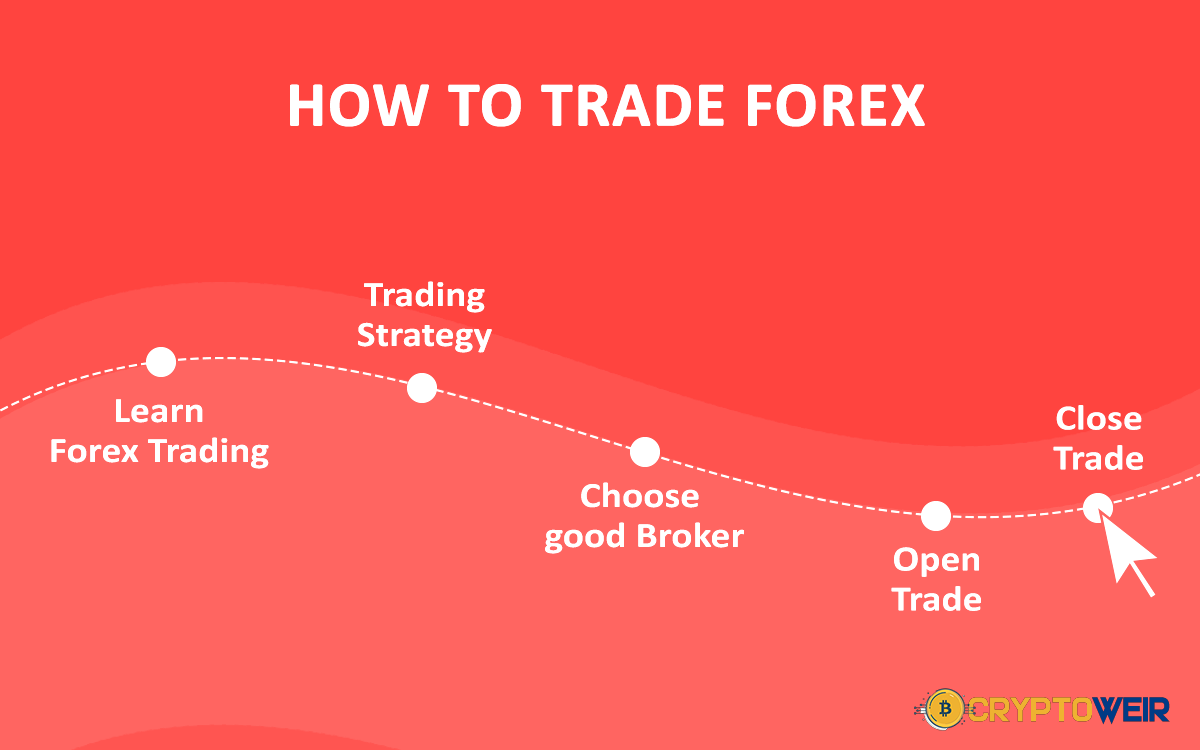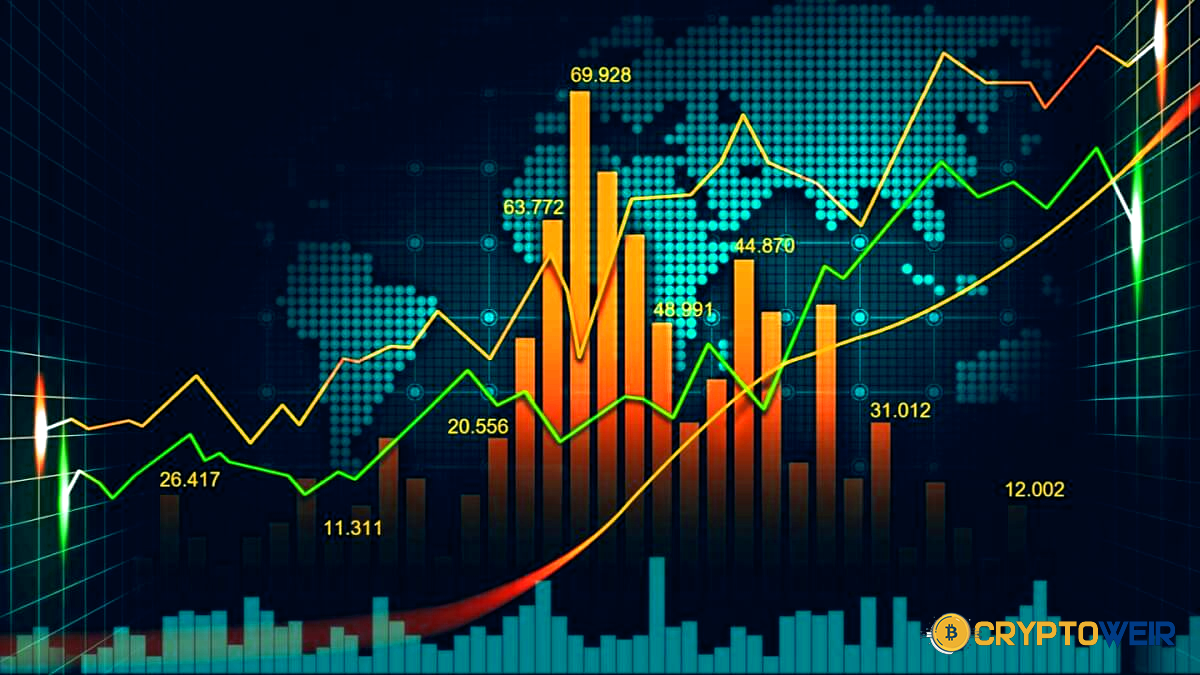7 Basic Forex Trading Techniques For Newcomers

Suppose you’re new to forex trading and want some simple but effective tips. You’ve come to the right spot. This short guide will give you an overview of beginners’ seven simple forex trading techniques. Each one is simple to comprehend and perfect for people who want to get better at something. If you take the time to learn these basics, you’ll be able to make simple trades confidently.
Following are the Best Forex Trading Techniques
Breakout trades
Breakout trading is one of the easiest ways to trade in forex, making it a good choice for people just starting out. Before we look at how breakout works, let’s discuss how it works. Simply put, a breakout is any time the price moves outside of an area that has been set up as a support or resistance. This is called a bullish breakout pattern when prices rise above resistance areas.
Bearish breakout patterns can also happen when prices drop below support areas. Breakout trading is an effective technique because breakouts are often the first sign of more volatility in the market. By waiting for a price level to break, we can take advantage of volatility by joining a fresh trend as it starts.
With breakout trades, the goal is to get into the market when the price makes a breakout move and stay in the trade until volatility dies down. But when is the best time to get into the market? Some people who know much about forex say to jump in as soon as a support or resistance to flow is broken.
Others say to wait just long enough to ensure that the breakout does mean that a trend is going up or down. At the very least, place your stop loss below or above the breakout candle. This will help you connect your bets to previous support and resistance levels.
Moving averages crossover.
Moving average (MA) is a simple tool for technical analysis that smooths out price data by making an average price that is always updated. This average can be calculated over different periods, from 20 minutes to 30 weeks, or any other period the trader wants. Moving average techniques are very popular and can be changed to fit any time frame, making them good for long-term investors and short-term traders.
A moving average is often used to find a trend’s direction and levels of support and resistance. When the prices of assets cross over their moving averages, it often gives technical traders a sign to buy or sell. A trader might sell, for example, when a price bounces off the MA or crosses it from above to close below the MA.
Simple price crossovers
One of the main ways to trade with moving averages is through price crossovers. When a price goes above or below a moving average, this is called a simple price crossover, which could mean that the trend is changing.
Using the two moving averages
Other ways to trade are using two moving averages, one longer than the other. When the shorter-term moving average (MA) crosses just above the longer-term moving average (MA), it’s a buy signal that shows the trend is changing. It’s called a golden cross. On the other hand, a sell signal is given when the shorter-term MA crosses below the longer-term MA.
Carry trade
Carry trade is a form of foreign exchange trading in which traders try to make money by using the difference in interest rates between countries. It’s important to remember that even though it’s popular, it can be dangerous. This approach works because the interbank rate of interest is paid on currencies bought and kept overnight.
In a carry trade, a trader borrows money from a low-interest-rate currency to buy a higher-rate currency. Traders who use this strategy want to make money from the difference in the two rates, which can be big depending on the leverage.
Carry trade is among the most common ways to trade on the forex market, but it can be risky because these trades often use a lot of leverage and can get crowded. The interest rate spreads between the Australian dollar and the Japanese yen, the Japanese yen is very high, and the New Zealand dollar, so these currency pairs are often traded.
Fundamental analysis
Traders utilize fundamental analysis to choose whether a currency is underestimated or overestimated. They do this by looking at the basic economics of a country. They use the information to determine how its value will change in the future another currency.
Fundamental analysis can be hard to understand because it looks at many parts of a country’s economic data that can show how trade and investment will change. It can be easier if you look at a few key signs.
Retail sales, GDP, industrial production, CPI, rising prices, purchasing managers index data, residential data, and more are some of the most important things that affect a country’s economy and currency.
Also Read: https://cryptoweir.com/is-it-really-profitable-to-trade-forex-in-2023/
Trading trends
Trend trading is another common and popular way to trade in forex. It’s also simple to comprehend and follow for newcomers. The technique involves figuring out whether the price of a currency is going up or down and then choosing when to buy and sell.
These points depend on where the currency’s price falls in the trend and how strong the trend is. Moving averages, relative power indicators, volume measures, directional indices, stochastics, and other indicators are just a few of the instruments trend traders employ to assess trends.
Range trading
Range trading is a simple and popular tactic based on the notion that prices tend to stay within a predictable and steady range for a certain amount of time. It works best in markets where economies and currencies are stable and predictable, and news doesn’t often come as a surprise.
Range traders depend on being able to buy and sell often at the highs and lows of resistance and support, which they can predict. Sometimes they do this repeatedly during one or more trading sessions. Range traders may use a number of the same tools as trend traders, like the relative power index, the ability to offer products index, and stochastics to find the best time to enter and leave a trade.
Momentum trading
Momentum trading and dynamism indicators are based on the belief that substantial price changes in a certain direction are a positive indication that a price trend will last for a while. In the same way, movements that are getting weaker show that a trend is losing strength and could be about to change. Momentum strategies may look at price and volume, and they often use tools like synths and candlestick charts to examine the market visually.





